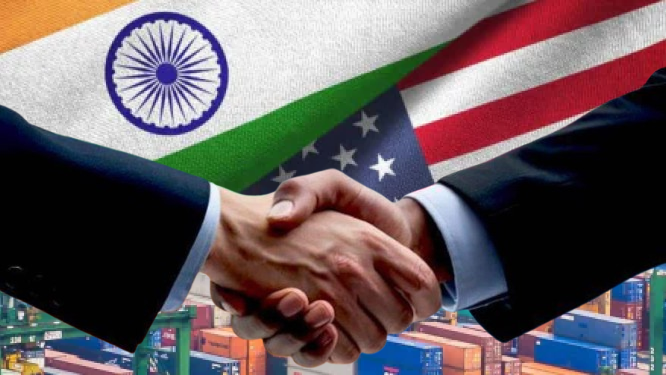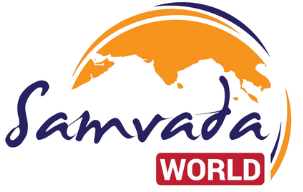
- The U.S. imposed 50% tariffs on Indian exports like textiles, gems, shrimp, carpets, and furniture, citing India’s continued purchases of Russian oil and defence equipment.
- India defended its energy policy as independent and essential for meeting energy needs, noting that several other countries also trade with Russia.
- The Indian government plans a relief package that includes loans, lower interest rates, and credit guarantees to support industries affected by the tariffs.
- Both nations signalled readiness to resume trade negotiations, with the first phase of a trade deal expected by November 2025.
Following cordial exchanges on social media between India’s PM Modi and US President Donald Trump, Trump confirmed that trade talks between India and the United States would soon resume. Direct discussions are expected to help ease the strained relationship caused by high tariffs, disagreements over India’s energy policy, and differing positions on the Operation Sindoor ceasefire.
Understanding the India-US Trade Dispute
On August 27, 2025, the Trump administration imposed steep 50% tariffs on a wide range of products exported from India. This move significantly escalated trade tensions between the two nations. The tariffs primarily targeted industries that relied on labour and operated on thinner profit margins. Consequently, sectors such as textiles, gems and jewellery, shrimp, carpets, and furniture are likely to bear the brunt of the restrictions. This marks one of the toughest trade measures India has faced in recent years.
The U.S. justified its decision by citing India’s ongoing purchases of Russian oil and defence equipment, claiming that such trade indirectly supports Russia’s military activities in Ukraine and threatens American national security.
India, however, maintains that buying oil from Russia is essential to meet its growing energy demands and to help stabilise global oil markets. It has emphasised that its energy policy remains independent and that it does not plan to halt these imports anytime soon. India also pointed out that several other nations, including members of the European Union, continue trading with Russia, raising questions over why it was specifically targeted.
To support industries affected by the tariffs, the Indian government is preparing a relief package expected to include collateral-free loans for small and medium enterprises, lower interest rates, and credit guarantees to ensure businesses have sufficient liquidity, particularly during delays in international payments.
Looking ahead, both India and the U.S. have indicated their willingness to re-engage in trade negotiations. India’s Commerce Minister has stated that considerable progress has already been made on the first phase of a trade deal, which is expected to be finalised by November, signalling a possible improvement in bilateral economic relations.
References:
- https://www.reuters.com/world/india/us-india-eye-trade-reset-trump-plans-talks-with-modi-2025-09-09/
- https://www.thehindu.com/news/national/trump-says-india-us-cont
- https://timesofindia.indiatimes.com/business/india-business/progress-is-being-made-piyush-goyal-says-first-tranche-of-india-us-trade-deal-likely-by-november-trump-modi-signal-thaw-in-ties/articleshow/123825431.cms
Anshu Mishra holds a bachelor’s degree in History from Kolkata University and is currently preparing for the UPSC Civil Services Examination. Her interests include geopolitics, climate change, and national security. Views expressed are the author’s own.
